If you want your website to rank well in search results, mastering the title tag is essential. This small but powerful element of your web page can impact rankings, click-through rates, and overall search visibility. Yet many small business owners overlook it.
In this guide, we’ll answer what is a title tag, explain its role in SEO, and share best practices for optimizing title tags for local SEO.
What Is a Title Tag?
A title tag is the HTML element that defines the title of a web page. It appears:
- In search engine results as the clickable headline.
- At the top of your browser tab.
- In social shares and previews.
Example:
<title>Best Coffee Shop in Baltimore | Java Haven</title>
Why Title Tags Matter for SEO
Title tags serve two critical purposes:
- Search Engines – They help Google understand what your page is about.
- Users – They influence whether someone clicks on your result.
A well-optimized SEO title tag can:
- Improve rankings for relevant searches.
- Increase your click-through rate (CTR).
- Build brand recognition when consistent.

Optimizing Title Tags for Local SEO
Local businesses can benefit significantly from optimized title tags. Here’s how:
- Include your target keyword (e.g., “plumber in Dallas”).
- Add your location to target local searches.
- Keep it readable—avoid keyword stuffing.
- Highlight unique value (e.g., “24/7 Service,” “Free Estimates”).
Example:
<title>Emergency Plumber in Dallas | 24/7 Local Plumbing Experts</title>
Best Practices for Title Tag SEO
- Use your primary keyword near the beginning.
- Match search intent—align the title with what users are looking for.
- Stay within the recommended SEO title length (50–60 characters) so it displays fully in search results.
- Make it compelling—stand out from competitors with a clear benefit.
- Avoid duplicates—each page should have a unique title tag.
Common Mistakes to Avoid
- Keyword stuffing (e.g., “Plumber Plumbing Services Best Plumber Dallas”).
- Leaving title tags blank or defaulting to “Home.”
- Making them too long so they get cut off in search results.
- Using the same title tag for multiple pages.

How to Check and Update Title Tags
- Hoover your mouse on the tab you want to check.
- Use browser tools or right-click > View Page Source to check your title tag.
- Tools like Yoast SEO (WordPress), Rank Math, or Screaming Frog make it easy to set and update your title tags
- Update regularly as your offerings or keyword strategy evolves.
Examples of Effective Title Tags
- Local Service: “Roof Repair in Miami | Free Estimates & 24/7 Service”
- E-commerce: “Organic Dog Treats Online | Free Shipping Over $50”
- Blog Post: “What Is a Title Tag? Complete SEO Guide for Beginners”
FAQ: Title Tags and SEO
Q: What is the ideal SEO title length?
A: Aim for 50–60 characters so it displays properly in search results.
Q: Are title tags and meta titles the same?
A: Yes. “Meta title” is another term often used for the HTML title tag.
Q: How often should I update title tags?
A: Update when you change your keyword strategy, services, or see opportunities to improve CTR.
Q: Do title tags directly affect rankings?
A: They are a confirmed ranking factor and can also influence CTR, which indirectly boosts performance.
Final Thoughts
Your title tag is one of the most important on-page SEO elements. By optimizing it—especially for local searches—you can improve your rankings, attract more clicks, and strengthen your brand.
Whether you’re updating your website title, crafting an SEO title tag, or learning title tag SEO best practices, consistency and strategy make all the difference.

